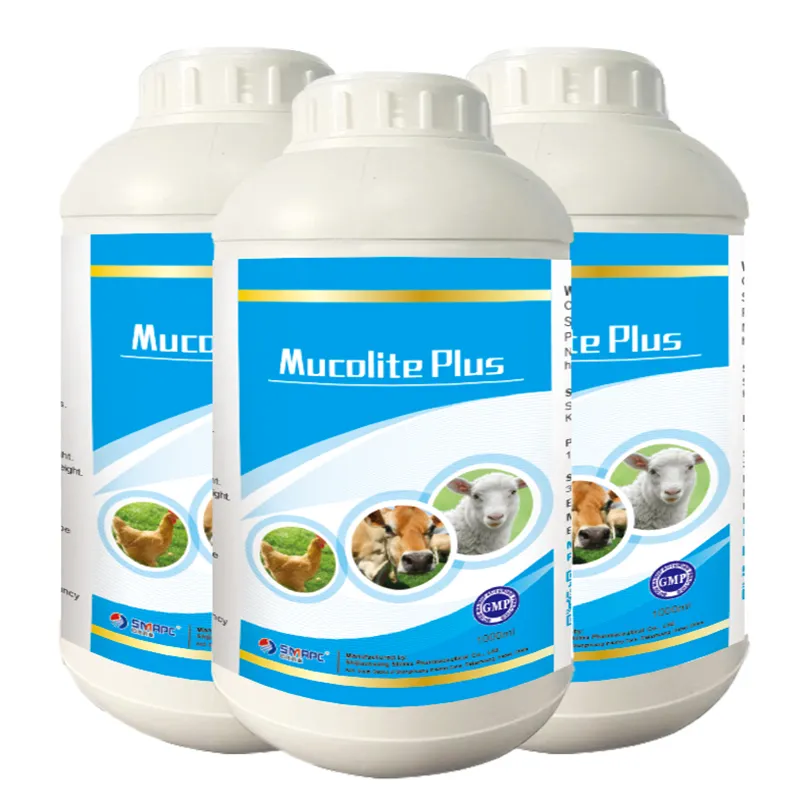If you suspect your dog has the flu, it is crucial to consult your veterinarian. They can perform a physical examination and may recommend diagnostic tests, such as blood tests or nasal swabs, to confirm the presence of the influenza virus. Given the similarities between dog flu and other respiratory illnesses, accurate diagnosis is key to effective treatment.




